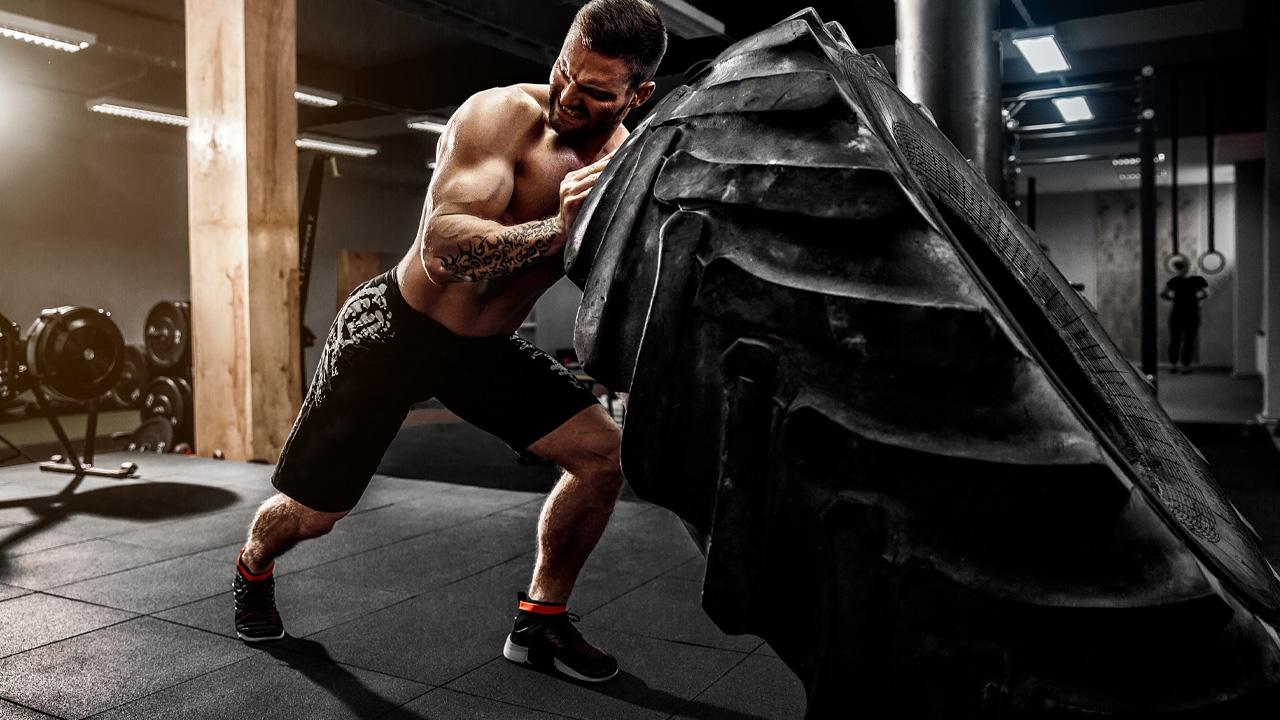Here’s Why Compound Exercises Burn So Many Calories

Hey Angels and Alphas,
Very few of us really have the time for hour-long weightlifting sessions every day.
So if you’re someone who is short on time and you’re trying to develop a strength training routine, you need to use your time as wisely as possible, as effectively as you can.
This is one of the big reasons why compound exercises are gaining popularity as one of the types of exercises that will help you get stronger, faster, leaner, and pretty much in better overall physical condition.
Unfortunately, countless people around the world still train their bodies like they’re just a collection of loosely connected parts. Some athletes promote these isolation exercises, or exercises in which you only target one muscle group of the body, as an effective way to develop strength in certain movements and body parts.
They choose exercises that hit specific muscle groups, such as knocking out a set of bicep curls, seated leg extensions, lateral raises, or another similar exercise, in hopes of reaping the maximum benefit for each body part. But while this approach may indeed help you get stronger, it’s definitely not a fast track to your goals, nor is it as sustainable as doing compound training.
WHAT ARE COMPOUND EXERCISES, REALLY?
Compound exercises can be defined as multi-joint movements that basically stimulate several muscle groups at the same time. These can include squats, bench presses, deadlifts, pushups, any exercises that engage your body beyond one singular muscle group can be considered a compound exercise.
If you’re doing a squat, for example, your knees, ankle joints, and hips are all going to move simultaneously, making this a thorough multi-joint movement. That being said, rows and pullups also involve your shoulders, biceps, forearms, and most importantly, your back. Exercises such as the pushup or chest press will work your triceps, shoulders, and chest.
Compound exercises differ from isolation exercises, which by definition, involve only a single joint or stimulate one muscle group. Some examples of these types of exercises could be triceps extensions, lateral raises, front raises, hamstring curls, bicep curls, and so on.
Don’t get me wrong – isolation exercises can be an amazing way to add volume and focus on singular muscle groups that you feel may need some extra attention. For example, if you’re interested in adding size to your biceps and improving your pullups, tacking on a few extra sets of biceps curls will be one of your keys to victory.
However, compound exercises should fundamentally form the base of your strength training routine. Compound exercises will essentially treat your body as a complex system of interconnected joints, muscles, and nerves – as exercises should.
Let’s take a deeper dive into the benefits of compound exercises and explore some of the perks you can take advantage of.
BENEFITS OF COMPOUND EXERCISES
First of all, greater overall strength gains.
The more muscles and joints you can utilize to help you complete a certain movement, the more weight you can move. The more you practice each exercise, the more you’ll be able to start lifting over time.
This process of gradually and increasingly boosting up the weight helps your body to adapt and get stronger much more quickly when you’re focusing on movements that include more than one muscle group.
Second, they’re more efficient.
Bottom line is, if you want to get more bang for your buck, go for compound exercises. They will work several muscle groups at one time, perfect for people who have a busy schedule or simply want to fit more into their training sessions.
Third, they burn more calories.
The more muscle tissue a certain exercise uses, the more oxygen gets used up, the more calories you burn overall. If you just knock out a set of walking lunges, you’ll instantly see how quickly you get short of breath. This is because you’re moving through space and using multiple joints and muscles, and compound exercises will burn more calories than isolation exercises like lying down for hamstring curls.
Fourth, more functionality.
Multi-muscle, multi-joint exercises will typically mimic everyday movements better than single-muscle, single-joint exercises. For example, let’s take the deadlift. It mimics the motion of picking up heavy objects such as furniture, boxes, grocery bags, etc. off the floor. Squats replicate the motion of sitting down and getting up from a specific position. And finally, doing a pushup would be similar to pushing yourself up from the floor.
Fifth, more improvements in performance.
Compound exercises, especially exercises that reproduce typical everyday movements, will help you improve your balance, reaction time, coordination, stability, and so much more! All of these are vital to improving your athletic performance in the long run, or simply lifting heavier.





